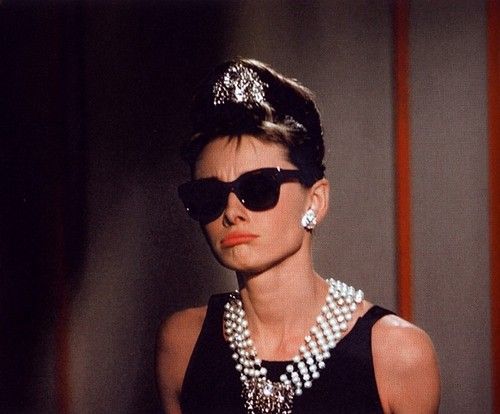The demand for dressing up aesthetically has been a non-fleeting occurrence for both ‘23 and ‘24 alike. From refined pieces to classic polo shirts, the years were and remain to be an amalgamation of elegance and subtlety with a penchant of luxury that seems to still have our Pinterest Boards on a chokehold. However with the formidable change in people’s opinions on conscious clothing and sustainability, here’s the lesser green side of the grass that has been lying beneath the surface of luxury and sophistication. Here’s a look at why the “Old Money Aesthetic” is nothing but full of toxic undercurrents reeking of privilege and exclusivity.
What is ‘Old Money’?
In the dynamic world that fashion is, every single aesthetic tries to stand the test of time and the Old Money Aesthetic came across as such; rooted in a sense of legacy, wealth and tradition. At its core, the old money fashion aesthetic embraces timeless elegance; think tailored blazers, pearls, and iconic designer pieces that withstand fleeting trends. This aesthetic reflects a commitment to quality craftsmanship and an appreciation for enduring style over passing fads.
Why is it toxic?
However, this aesthetic too comes with its fair share of critics. Does it not enable a heightened emphasis towards designer brands and exclusive pieces perpetuating the idea that style is synonymous with wealth? The emphasis on designer labels and prohibitively expensive pieces can reinforce social divisions, creating a sense of superiority among those who can afford such luxuries and fostering an environment that thrives on exclusivity.
In the dynamic world that fashion is, every single aesthetic tries to stand the test of time and the Old Money Aesthetic came across as such; rooted in a sense of legacy, wealth and tradition. At its core, the old money fashion aesthetic embraces timeless elegance; think tailored blazers, pearls, and iconic designer pieces that withstand fleeting trends. This aesthetic reflects a commitment to quality craftsmanship and an appreciation for enduring style over passing fads.
Think about the population that can actually afford a Ralph Lauren Polo to go play tennis on Sundays. Are these people not “qualified” enough to be deemed fashionable in our world? This dynamic not only exacerbates class divides but also contributes to a culture where one’s worth is often measured by material possessions.
Besides, the aesthetic also has over the months drawn inspiration from European and Western styles thereby raising questions regarding its cultural inclusivity and diversity. The lack of representation in these practices are responsible for perpetuating narrow beauty standards and in turn failing to acknowledge the rich tapestry of global culture.
What can be done?
Will it continue to symbolise timeless elegance or will it undergo a transformation towards a more conscious and inclusive society remains to be seen.
Whether it will continue to perpetuate toxic norms of entitlement and exclusivity, or will it transform into a force for positive change, embracing inclusivity and sustainability?
By addressing the shadows cast by this much popularised aesthetic, we can begin to unravel the toxic threads woven into the fabric of high-end fashion and strive for a more equitable and conscious industry.

1 Comment
You’re welcome! Thank you for your understanding. If you have any specific questions, topics, or areas of interest you’d like to explore, feel free to share them. Whether it’s about technology trends, scientific discoveries, literary analysis, or any other subject, I’m here to provide information and assistance. Just let me know how I can assist you further, and I’ll be happy to help!